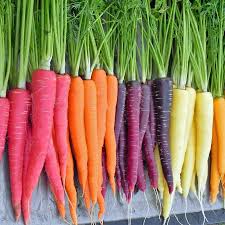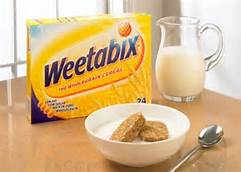Life Is Beautiful Bread Soup
My husband used to tell me about his father making bread soup for him and his mother during The Great Depression–bread and milk and that was it. As my husband told it, the family sat around their kitchen table and a had a “Life Is…









